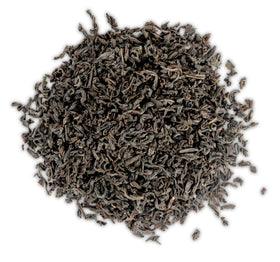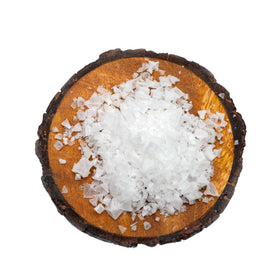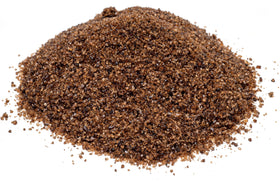Why is Saigon Cinnamon stronger than Ceylon Cinnamon
If you find yourself pondering the reasoning for the differences of flavor and aroma between Saigon and Ceylon cinnamon varieties, count yourself one of the lucky, well-informed enthusiasts of the culinary world. Many folks aren’t even aware that there are various versions of cinnamon. The surprising thing is, most people who are oblivious to the fact that there are multiple types of cinnamon are all using the same type, which isn’t even a true cinnamon in the first place.
You see, there is only one true cinnamon variety and that is Ceylon cinnamon. It is sourced from the Cinnamomum Verum tree. Specifically, it is pieces of the inner bark of the tree, which naturally roll into “sticks” or “quills” as it dries. Cassia cinnamon also comes from a Cinnamom tree, but is of a different species—Cassia, or Aromaticum.
Cassia cinnamon, while not formally considered to be true cinnamon, is the type you will find in most grocery stores. Saigon cinnamon is a type of Cassia cinnamon but you won’t likely find it down the spice aisle either. Both Saigon and Ceylon cinnamon are more typically found at specialty spice shops or online. Let’s take a look at what makes these two types of cinnamon so unique and which one packs a bigger punch when it comes to spice.
Saigon Cinnamon vs Ceylon Cinnamon
What are the flavor differences between Saigon and Ceylon cinnamon?
As mentioned previously in this article, Saigon and Ceylon Cinnamon are derived of two separate species of tree. These trees, while related, host drastically different amounts of a compound called, cinnamaldehyde from within their bark. This appropriately named compound is primarily responsible for that flavor, aroma, and color we associate with cinnamon. While all cinnamon varietals contain cinnamaldehyde, he highest concentrations of this compound are found in Vietnamese varieties.
As such, Saigon cinnamon is considered to have a much stronger flavor than true cinnamon. It is often described as spicy and intense compared to other cinnamons, whereas Ceylon is considered to be delicate and sweet.
Is one type of cinnamon better for you than the other?
While cinnamon is often noted for health benefits like managing blood sugar levels, promoting circulation, and providing beneficial antioxidents, too much cinnamon may not be good for the system. All cinnamon varieties contain some level of coumarin, a toxic compound found naturally in several plants (including Cinnomomum trees). Coumarin supplies the aroma we all know and love in cinnamon, but too much of it may cause both short and long-term health problems, such as liver damage.
The coumarin levels differ drastically between Cassia and Ceylon Cinnamon, however. A study published on the National Library of Medicine found only trace amounts of the compound being found in the bark of the tree Ceylon cinnamon is sourced from, Cinnamomum Verum. Meanwhile, the same study suggests Cassia bark “contains substantial levels of coumarin”. As such, Ceylon cinnamon is considered to be the safer cinnamon variety, and since it isn’t lacking in antioxidants, polyphenols, essential oils, and other “healthy” compounds, it still boasts all of the suggested positive health benefits.










Slofoodgroup
Author